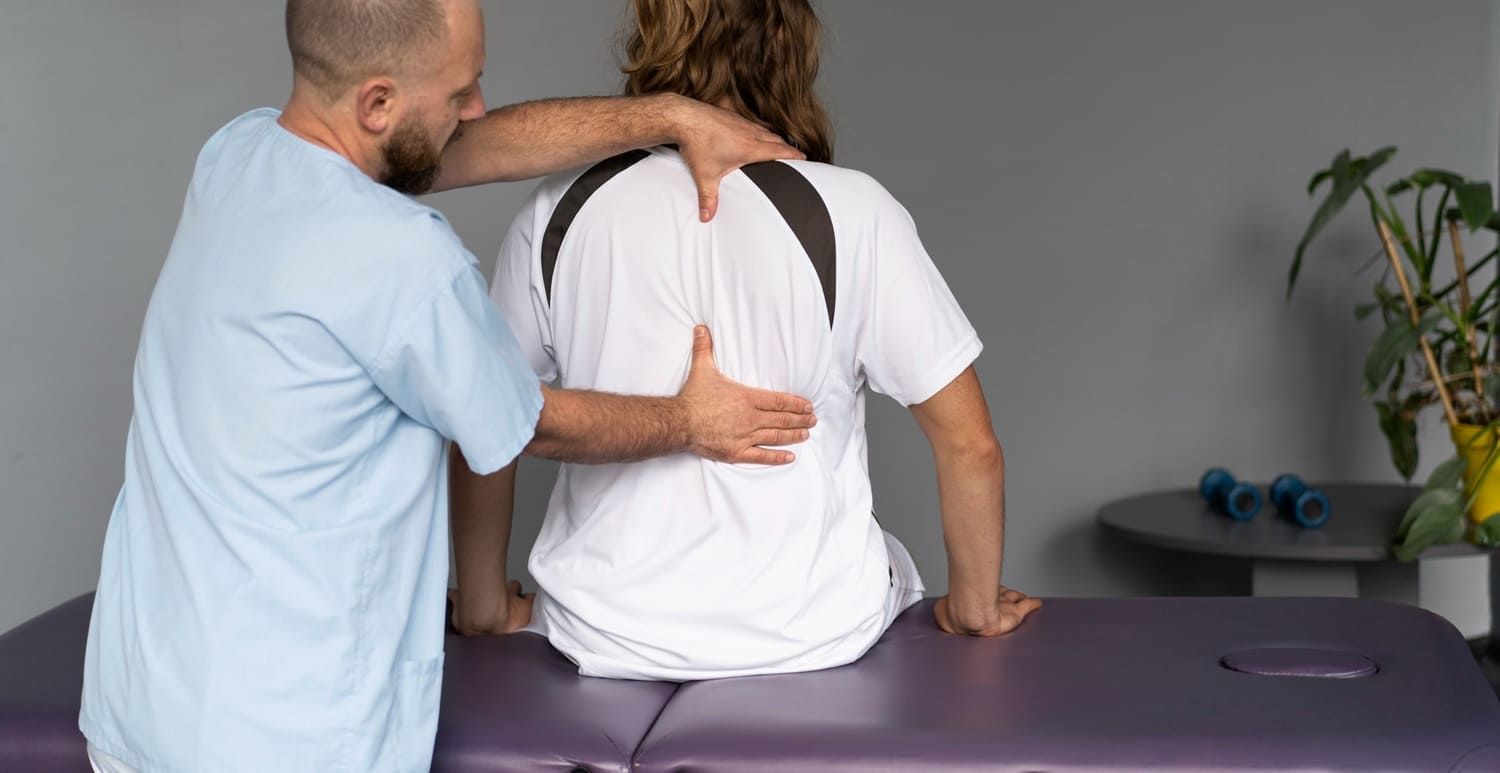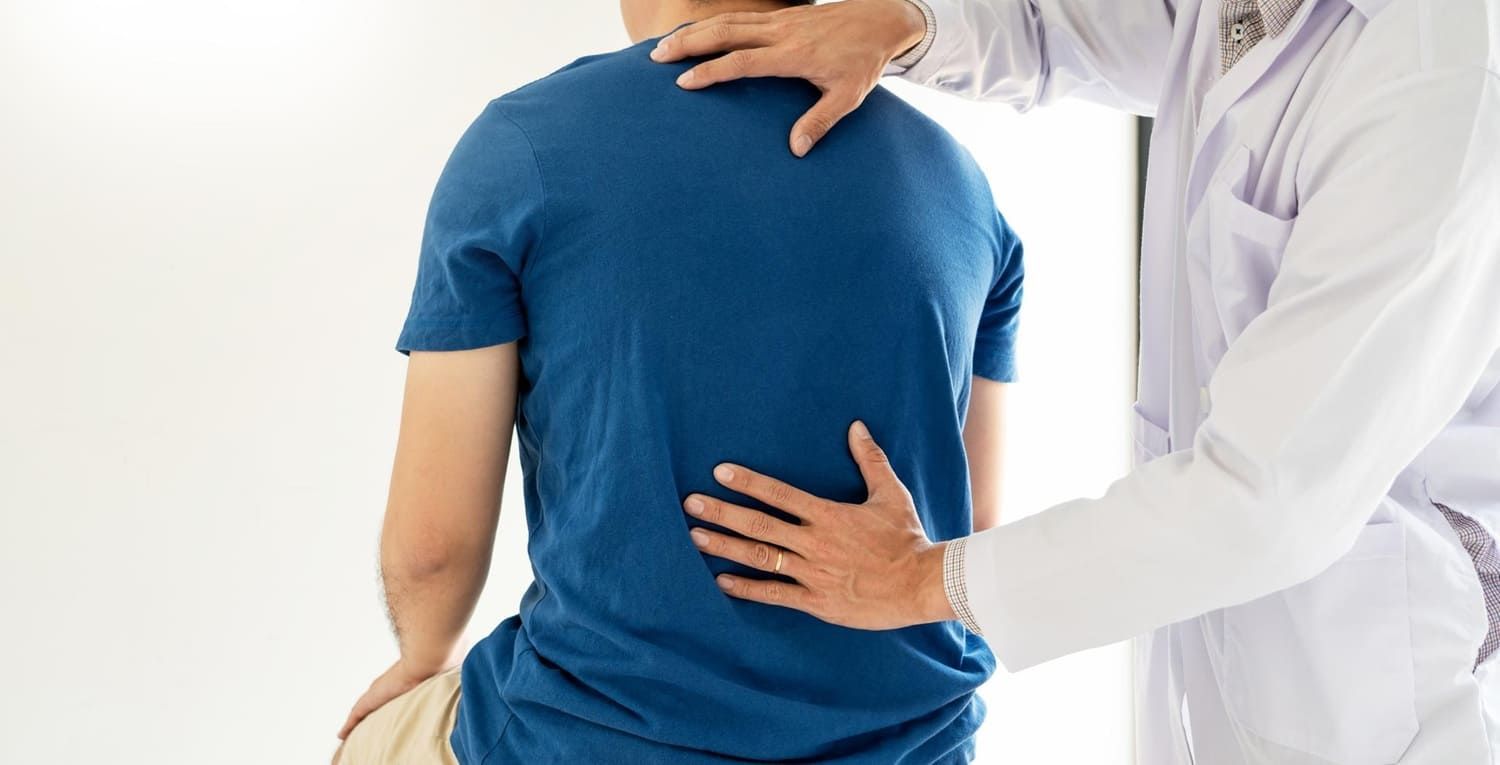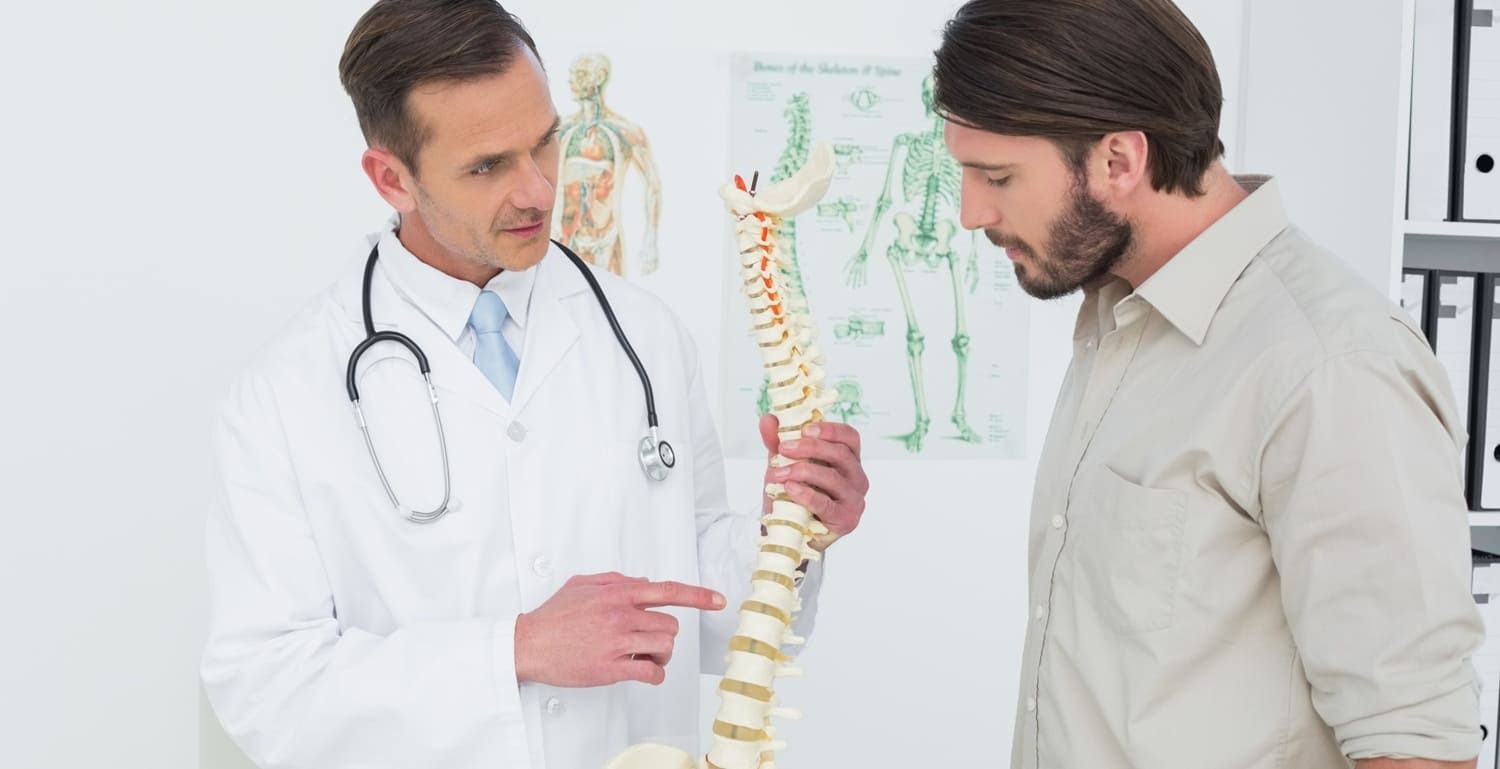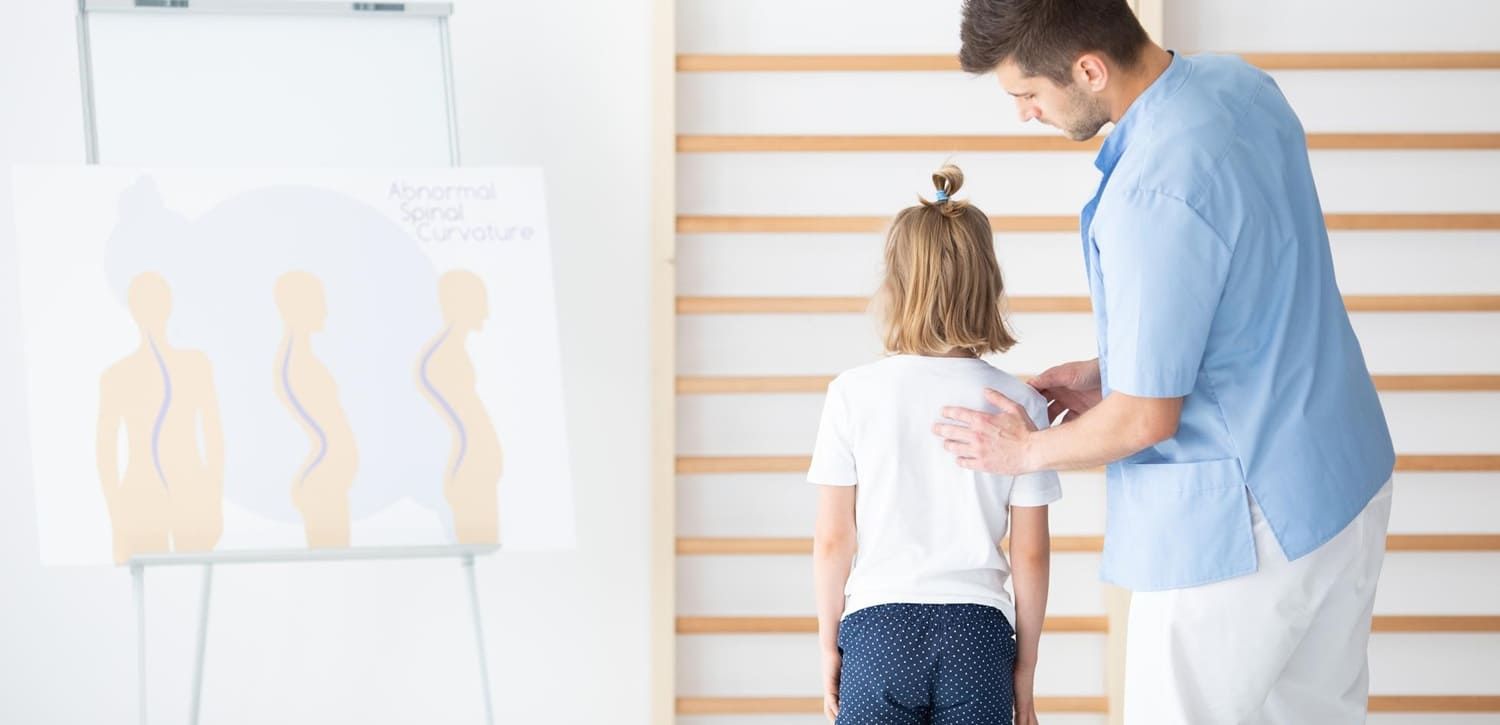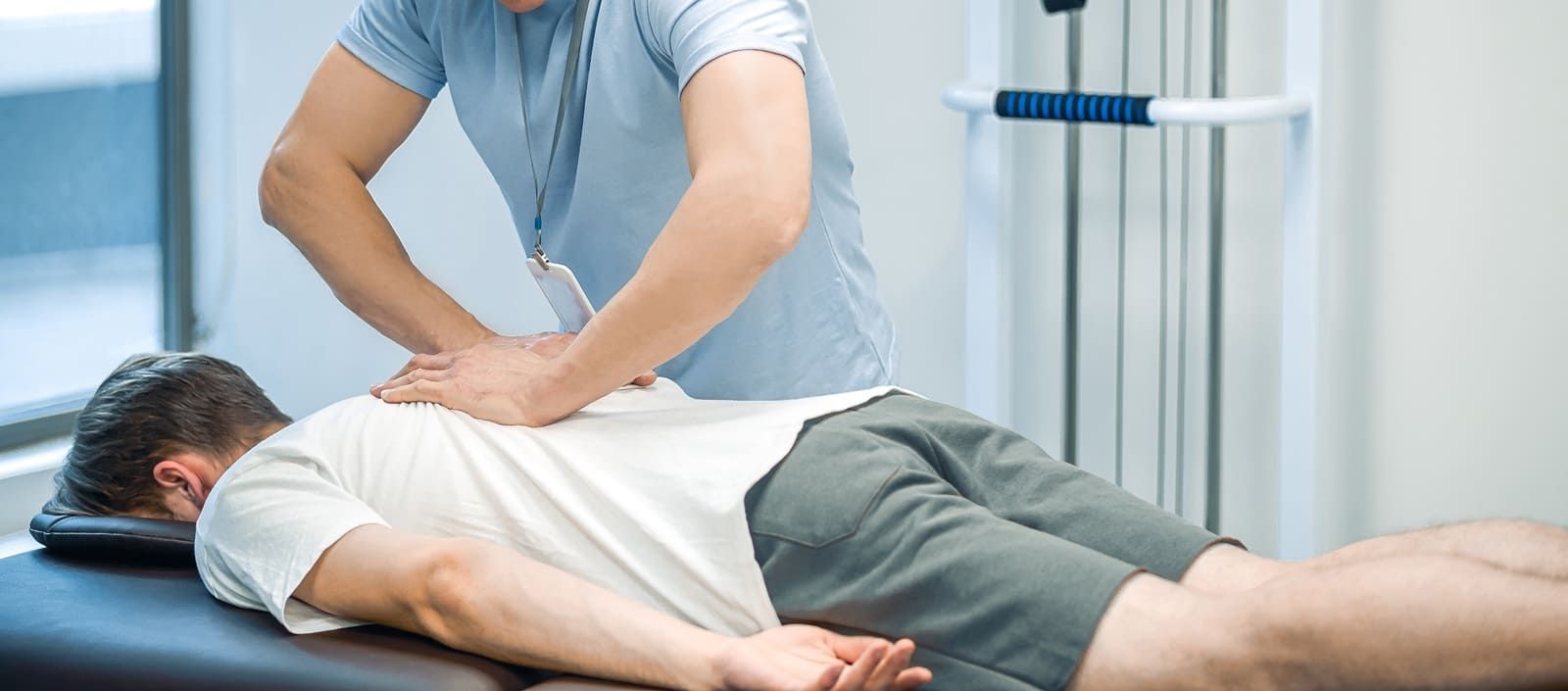What Are the Common Types of Back Pain?
There are a couple reasons why your back may be hurting. Keep reading to learn more about the main types of back pain along with what to do.
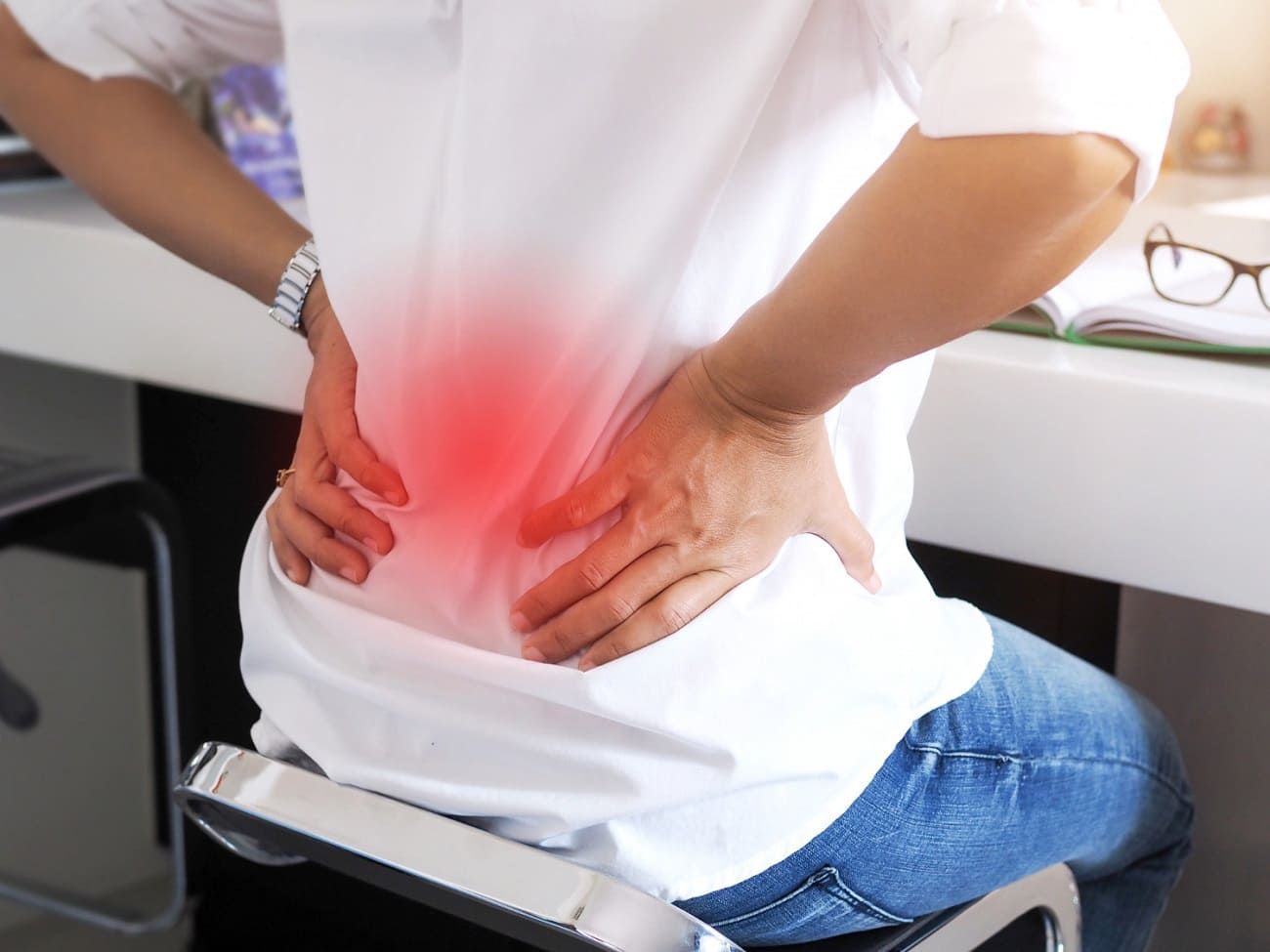
Did you know that 65 million Americans experience lower back pain? While back pain isn't uncommon, it can be a horrible thing to experience.
There are many types of back pain, and there is no one-size-fits-all solution that can fix this. Sometimes, it is a lifelong companion, and other times, the right exercise and adjustments can make all the difference.
Do you have back pain symptoms? Keep reading for more information!
Muscular Back Pain
Muscular back pain is often caused by strained or overworked muscles in the back, and it can happen to anyone, whether you're a desk jockey or a gym enthusiast.
Risk factors for muscular back pain include:
- Poor posture
- Lifting heavy objects incorrectly
- Repetitive motions that put a strain on your back muscles
So, if you find yourself slouching at your desk or attempting to lift a grand piano without help, don't be surprised if your back rebels.
Back Pain Symptoms
Now, let's talk about the symptoms and characteristics of muscular back pain. It's like a nagging ache that just won't quit. You might feel:
- Tightness
- Stiffness
- A dull, throbbing pain
It can be localized to a specific area or radiate to other parts of your back. Sometimes, even the slightest movement can trigger a sharp pain that makes you wince.
Muscle spasms can also accompany the pain, making it even more annoying.
Back Pain Treatment Options
When it comes to treating muscular back pain, there are a few options to consider. First and foremost, give yourself a break and rest those muscles.
Avoid activities that exacerbate the pain and give your back a chance to recover. Self-care measures such as applying ice or heat packs to the affected area can help soothe the pain and reduce inflammation.
Physical therapy and targeted exercises can also do wonders for strengthening your back muscles and improving flexibility. And for those moments when the pain becomes unbearable, over-the-counter pain medications like ibuprofen or acetaminophen can provide temporary relief.
Mechanical Back Pain
Mechanical back pain can be caused by issues with the structures in your back, such as the:
- Muscles
- Ligaments
- Bones
It's like your body's way of saying, "Hey, something's not quite right here!"
Risk factors for mechanical back pain include:
- Poor posture
- Improper lifting techniques
- Natural wear and tear that comes with aging
Back Pain Symptoms
You might feel stiffness and tightness in your back, and the pain can range from mild to intense. It often gets worse with movement, especially when you're:
- Bending
- Twisting
- Lifting heavy objects
It's like your back is staging a protest every time you try to do something fun or productive. You might also experience muscle spasms or a sensation of instability in your back.
Back Pain Treatment Options
Rest and avoid activities that aggravate the pain.
Physical therapy and targeted exercises can be incredibly helpful in strengthening your:
- Back muscles
- Improving flexibility
- Correcting any imbalances that might be contributing to the pain
If the pain is chronic and constant, check in with a skilled chiropractor. They can work their magic and bring some much-needed relief to your back.
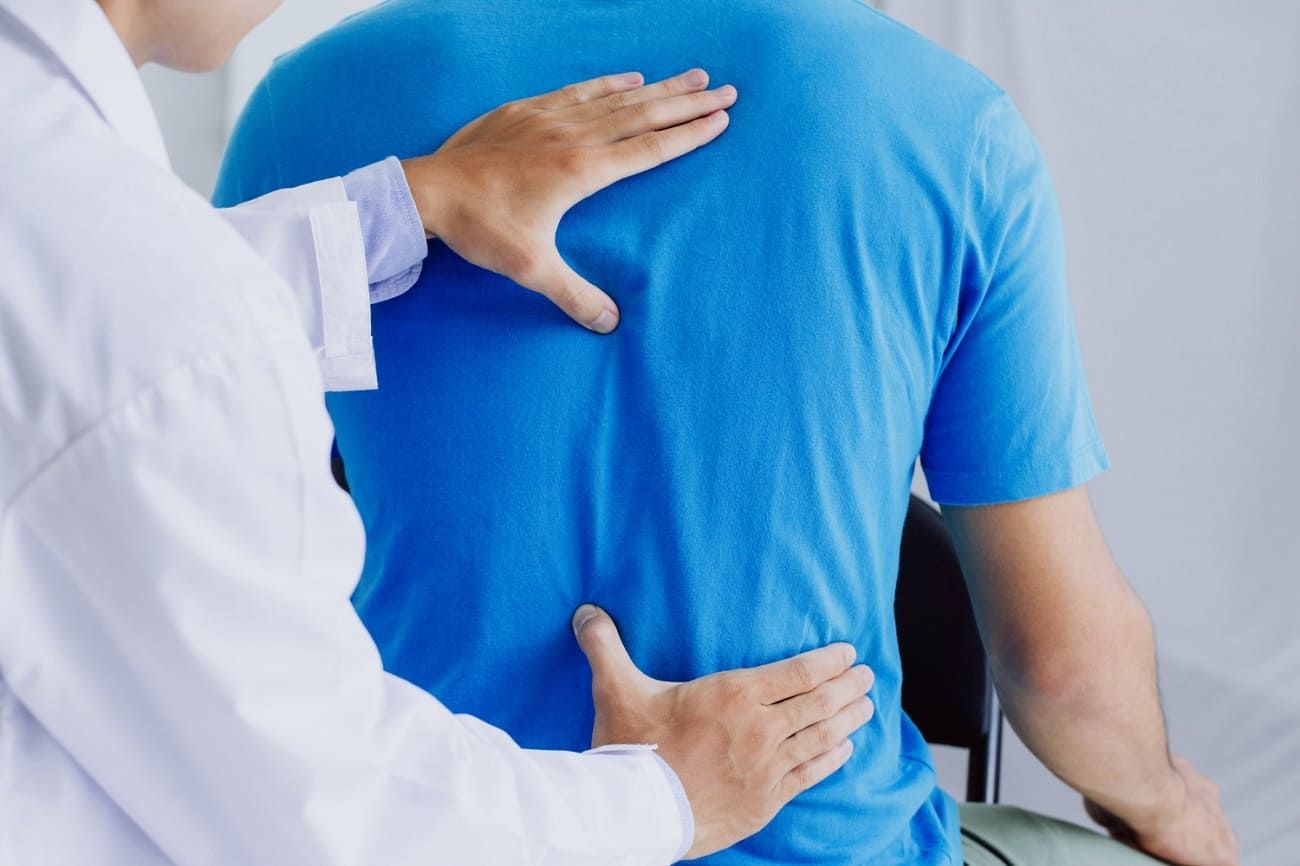
Herniated Disc
So, let's talk about the herniated disc. It occurs when one of the rubbery discs that cushion your vertebrae decides to misbehave. Causes can vary, but usually, it's a result of wear and tear on the disc or a sudden injury that puts excessive pressure on it.
Risk factors include:
- Repetitive activities that strain your back
- Aging
- Certain genetic factors
So, if you've been doing some heavy lifting or if your family tree has a tendency for back problems, you might want to keep an eye out for a sneaky herniated disc.
Back Pain Symptoms
When a disc herniates, it can wreak havoc on your poor back. You might experience pain that radiates down your leg, also known as sciatica. It's like a lightning bolt shooting through your lower back and traveling all the way to your foot.
Numbness and tingling can accompany the pain, making your leg feel like it's caught in a never-ending pins-and-needles party. Sometimes, even the simplest movements, like sneezing or coughing, can trigger sharp, shooting pain.
Doctors might request an MRI or CT scan to get a closer look at your spine and identify the herniated disc. These imaging tests can provide detailed images of your spinal structures and pinpoint the exact location and severity of the herniation.
Back Pain Treatment Options
When it comes to treating a herniated disc, there are a few options on the table.
First and foremost, conservative measures are often recommended. Resting and avoiding activities that aggravate the pain can give your back some much-needed relief.
Physical therapy provides exercises and stretches to strengthen your back, improve flexibility, and alleviate the pressure on the herniated disc. Medications like pain relievers and anti-inflammatories can help manage the pain and reduce swelling.
In some cases, doctors may suggest epidural steroid injections, where they inject a powerful anti-inflammatory medication directly into the affected area to provide targeted relief.
And for those stubborn cases, surgery might be considered, such as a discectomy, where the herniated portion of the disc is removed to relieve pressure on the nerves.
Degenerative Disc Disease
Let's talk about degenerative disc disease. The not-so-friendly reminder that time keeps marching on, even for our spines. It's like that creaky floorboard that won't stop making noise.
So, what causes it? Well, blame it on the natural aging process. As we get older, the discs in our spines start to lose their water content and become less flexible.
Wear and tear over the years can also contribute to degeneration.
Risk factors include:
- Genetics
- Smoking
- Certain occupations or activities that put excessive stress on the spine
Back Pain Symptoms
It can be dull and achy, or it might flare up from time to time. Sometimes, the pain can radiate to other areas, like your hips or thighs.
Stiffness and reduced flexibility in the spine are common companions.
In some cases, doctors might request an MRI or X-ray which will show the:
- Discs
- Nerves
- Spine
These tests can help confirm the presence of degenerative disc disease and provide a closer look at the extent of the degeneration.
Back Pain Treatment Options
When it comes to treating degenerative disc disease, the options are a mixed bag. There's no magic cure, unfortunately.
However, there are strategies to manage the pain and improve your quality of life. Physical therapy and chiropractic adjustment can be a lifesaver. These medical professionals can provide exercises and stretches to strengthen the surrounding muscles and improve posture.
Pain medications and anti-inflammatories can help alleviate the discomfort and reduce swelling.
In some cases, doctors might recommend epidural steroid injections to provide targeted relief. And if all else fails and the pain becomes too debilitating, surgical options such as spinal fusion might be considered.
Are You Experiencing These Types of Back Pain?
Any one of these types of back pain can become debilitating and lower your quality of life. While some are chronic, others can be treated with some light exercises and a chiropractic adjustment.
Are you looking to get rid of back pain? Contact Fisher Chiropractic and Make an appointment today!



